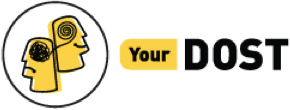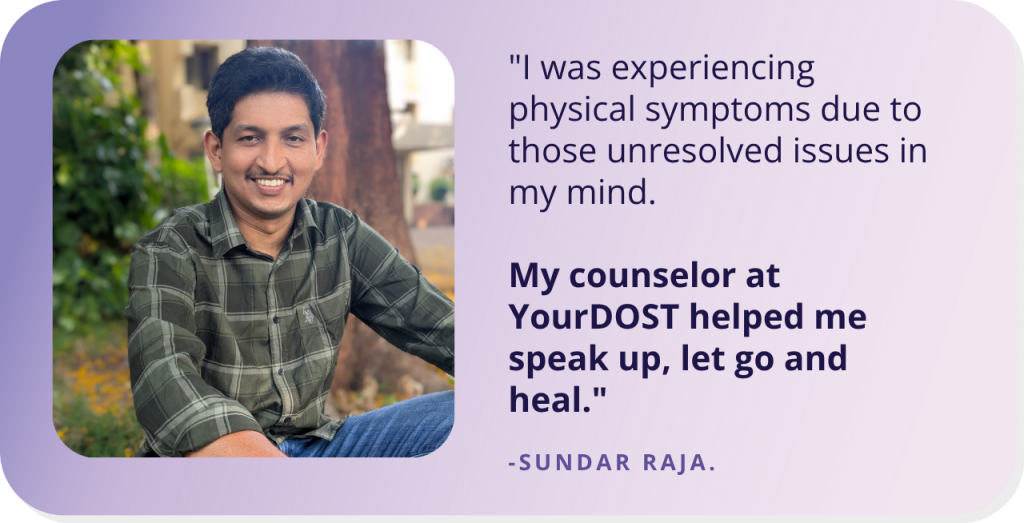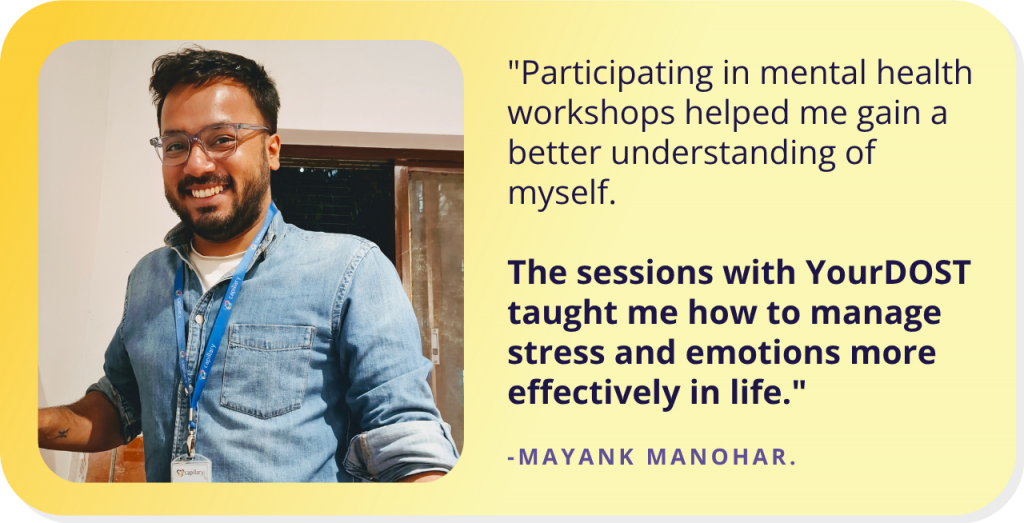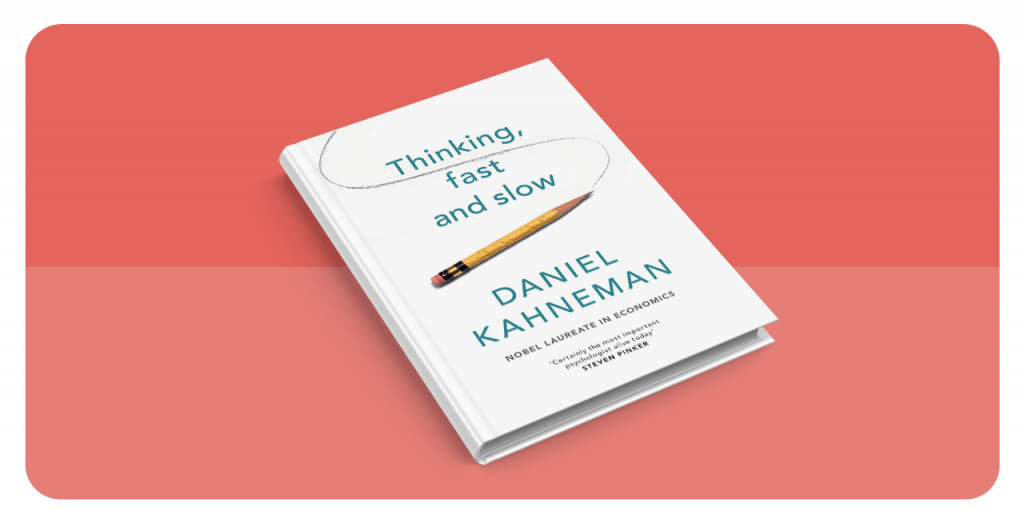
Dissecting Intuition and Reasoning
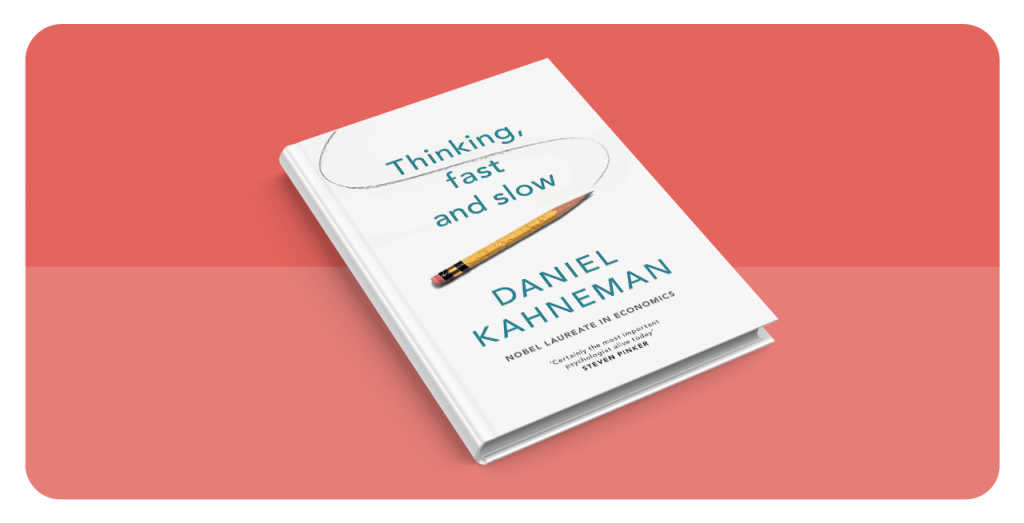
According to Jorge Luis Borges, books are the extension of our imagination and memory. While some read for pleasure, some read to gain knowledge and inspiration. According to research, reading can enhance our cognitive faculties and equip us with more empathy. And reading non-fiction has the power to change the way we think about the world, it renders knowledge that also helps us in understanding ourselves. Thinking Fast and Slow by Daniel Kahneman is one such book that has a plethora of valuable insights on improving ourselves and getting better every day.
Thinking Fast and Slow by Daniel Kahneman
An acclaimed Nobel Prize winner in economics, Daniel Kahneman is a renowned economist, psychologist, and author who has made influential contributions to the field of human cognition and behavioral science. His book “Thinking, Fast and Slow” is a book that explains how our brains make decisions. It talks about two different ways we think: fast, instinctive reactions, and slower, more thoughtful reasoning. It shows how these two systems work together, sometimes leading to errors in judgment, and offers insights into how we can make better choices by understanding our thought processes.
The best-selling book is definitely an insightful read that helps us understand ourselves more intricately. However, if you have too much on your plate right now to read it, don’t feel the FOMO, we are here to help! The below section contains some of the valuable insights provided in the book.
Happy Reading!
Systematic Thinking:
As students, we are often taught what to think rather than how to think, and that limits our ability to ponder critically and creatively about the world. Systematic thinking aims to solve this particular problem. According to Kahneman, our minds basically have two ways of thinking, and he calls them System 1 and System 2.
System 1 is great at making decisions and reacting quickly. For example, when someone asks you what’s 2+2? You can easily answer without exerting conscious effort.
System 2 is different. It is slower, and deliberate and compels you to think analytically while making conscious effort.
We use these two systems to think every day! But did you know? These two systems are prone to biases. While system 1 is great for making everyday decisions, it is more likely to make snap judgments and errors due to its heavy reliance on heuristics and shortcuts. System 2 can override the biases propagated by system 1.
So when you are aware of this type of thinking, you can hone it to make better decisions in your personal and academic life. It encourages you to think critically about complex issues from numerous perspectives. Isn’t that what we need? Having an open mind with the ability to think critically?
Law Of Least Effort
As the world keeps rapidly getting digitised it gets really hard to keep track of the things we are influenced by. Kahneman tries to touch on the same topic with this theory. The law of least effort says that the mind tends to naturally gravitate towards an action that exerts the least amount of effort from us. Advertising agencies use this very idea to influence us, the audience, and craft a powerful persuasive call to action.
According to him, repetition is the best way to make people believe in misinformation. Our mind often has a difficult time differentiating between familiarity from the truth, if something is shown to us repeatedly we are likely to trust it as truth (if a person cannot recall the source of the statement or compare it with other things they know). For example, frequently spread misinformation is the statement that humans use only 10% of their brain, despite being debunked by neuroscientists, this myth continues to persist due to its frequent repetition in movies, TV, and books. Many people who consume these media channels just take it at face value because they hear it repeatedly so often.
Exaggerated Coherence
We all are guilty of making exaggerated assumptions about people and situations right? Human beings are naturally inclined to see patterns everywhere even when they are not exactly present! This bias makes people come up with stories or reasons to make sense of situations that are messy or hard to predict. For example, let’s say you are on your way to a job interview, you are confident that you will crack it. However, while walking to the office, a black cat crosses next to you. You see it, but decide to not give it much thought as you are in a hurry. After the interview when you wait for days and days and are still unable to get a callback, the next thing you are more likely to do is to blame that black cat that crossed your path. Is it rational? No, but does it help you make sense of things in a distorted way? It sure does.
Kahneman says humans have a natural inclination to seek meaning so if we come across any unexplained phenomenon or mystery, to try to find patterns or explanations, even if they might not be accurate or supported by evidence.
Thinking Fast and Slow by Daniel Kahneman is regarded as one of the most insightful books written on psychology and behavioral science, the above theories are just a few of many interesting bits about our minds and behaviors. If you are planning your next read, this non-fiction is highly recommended!
